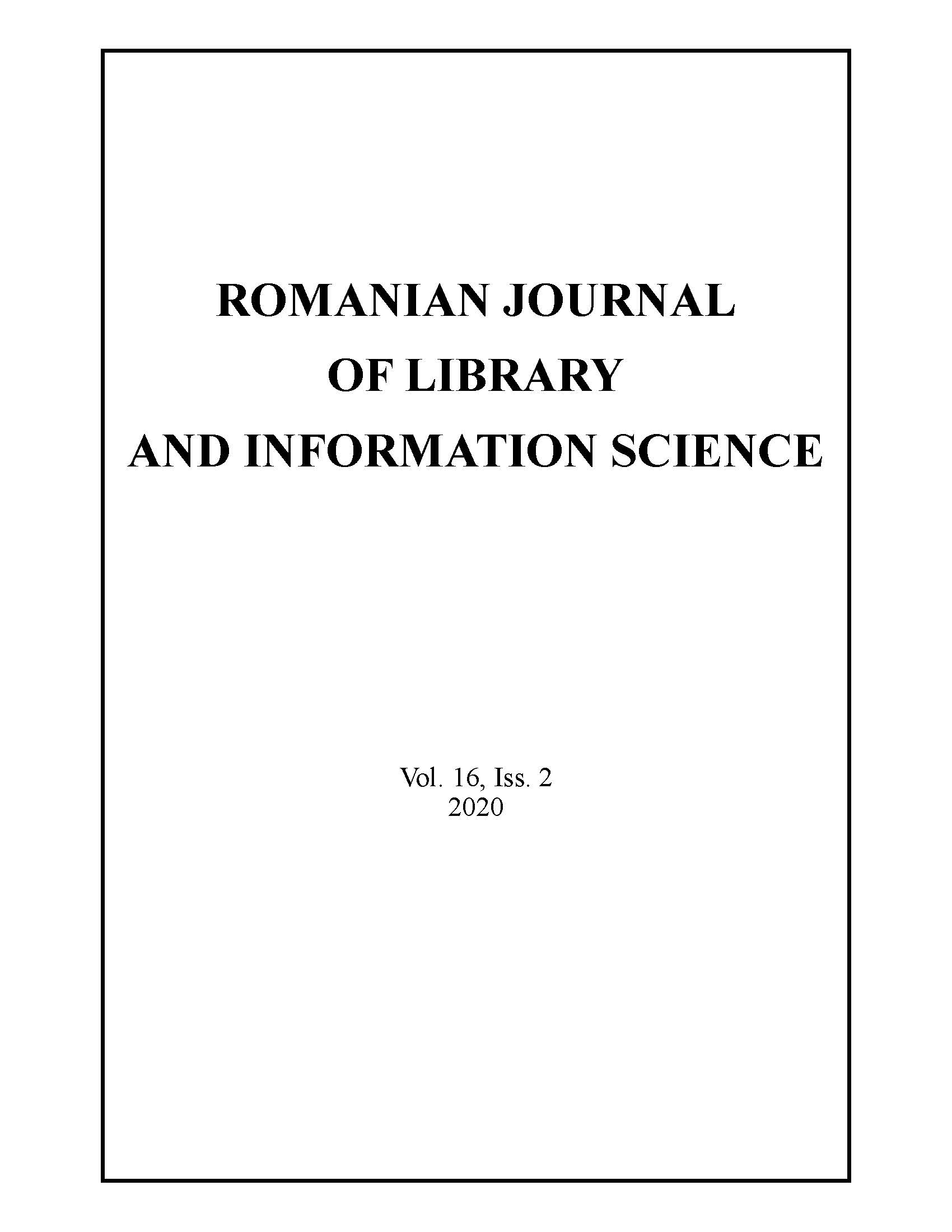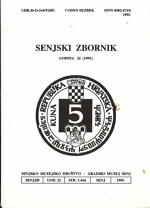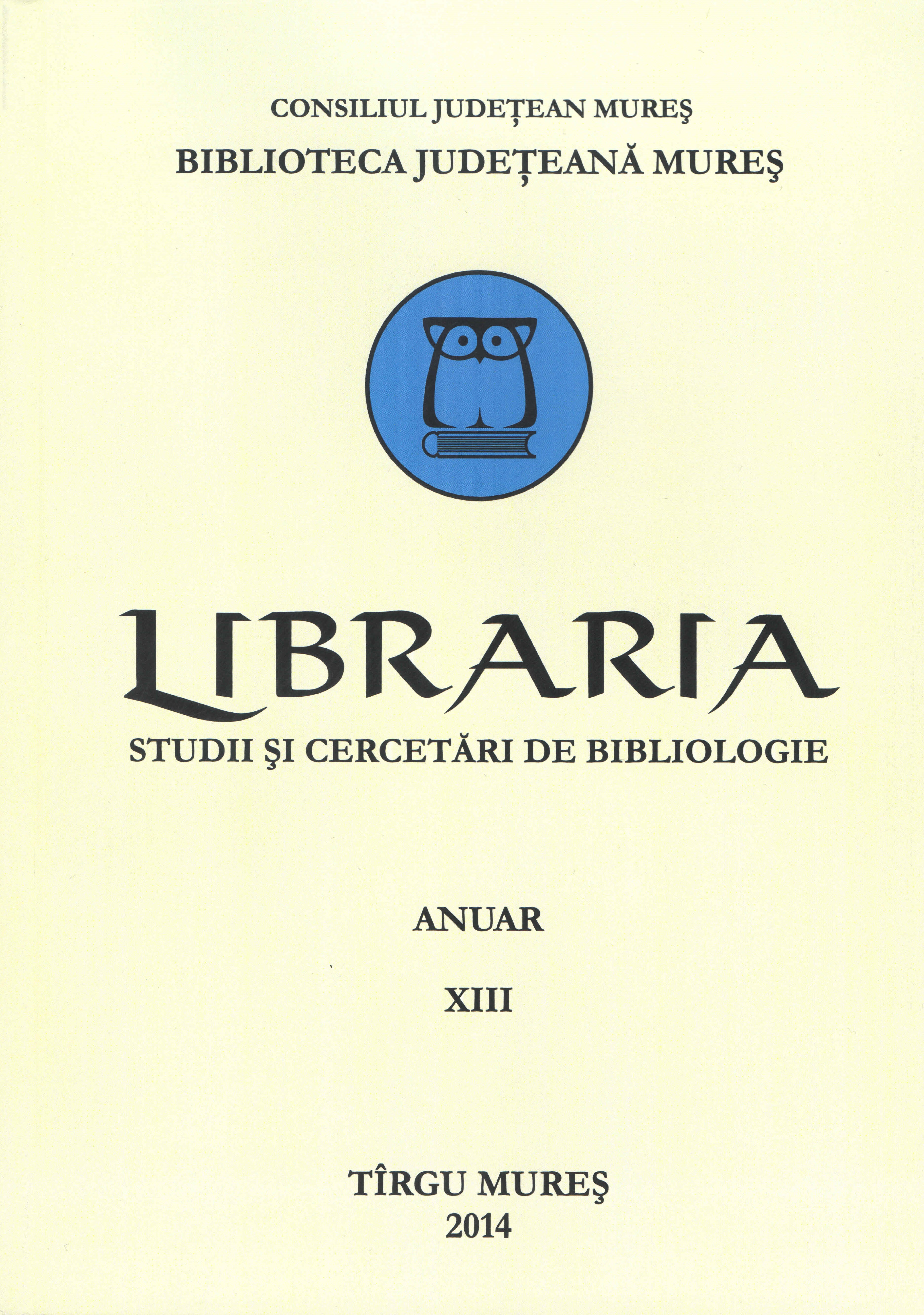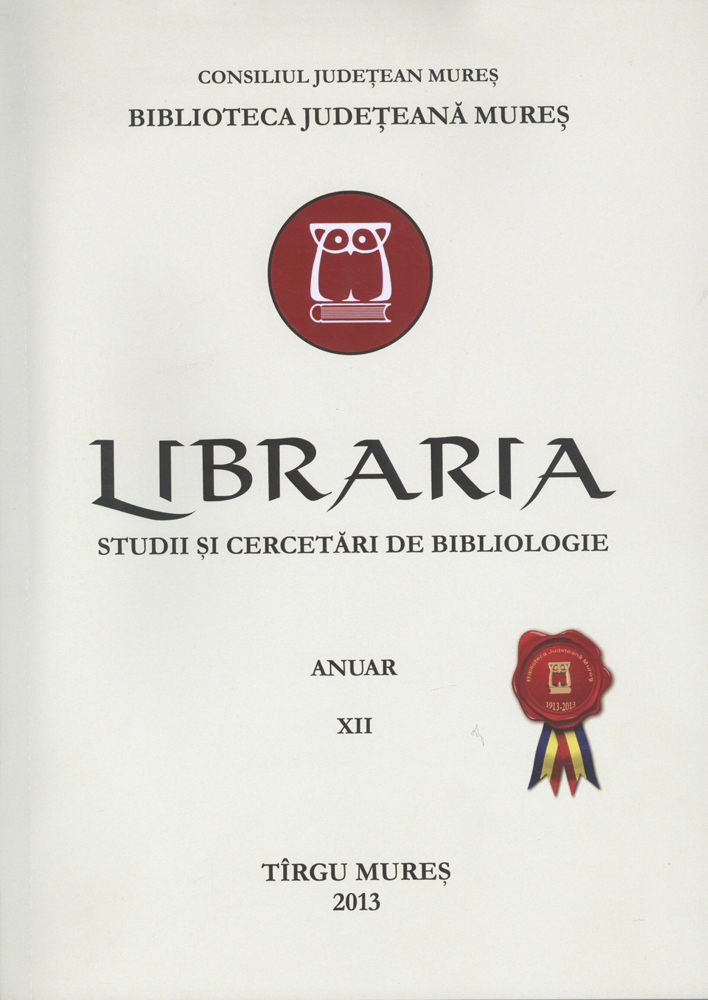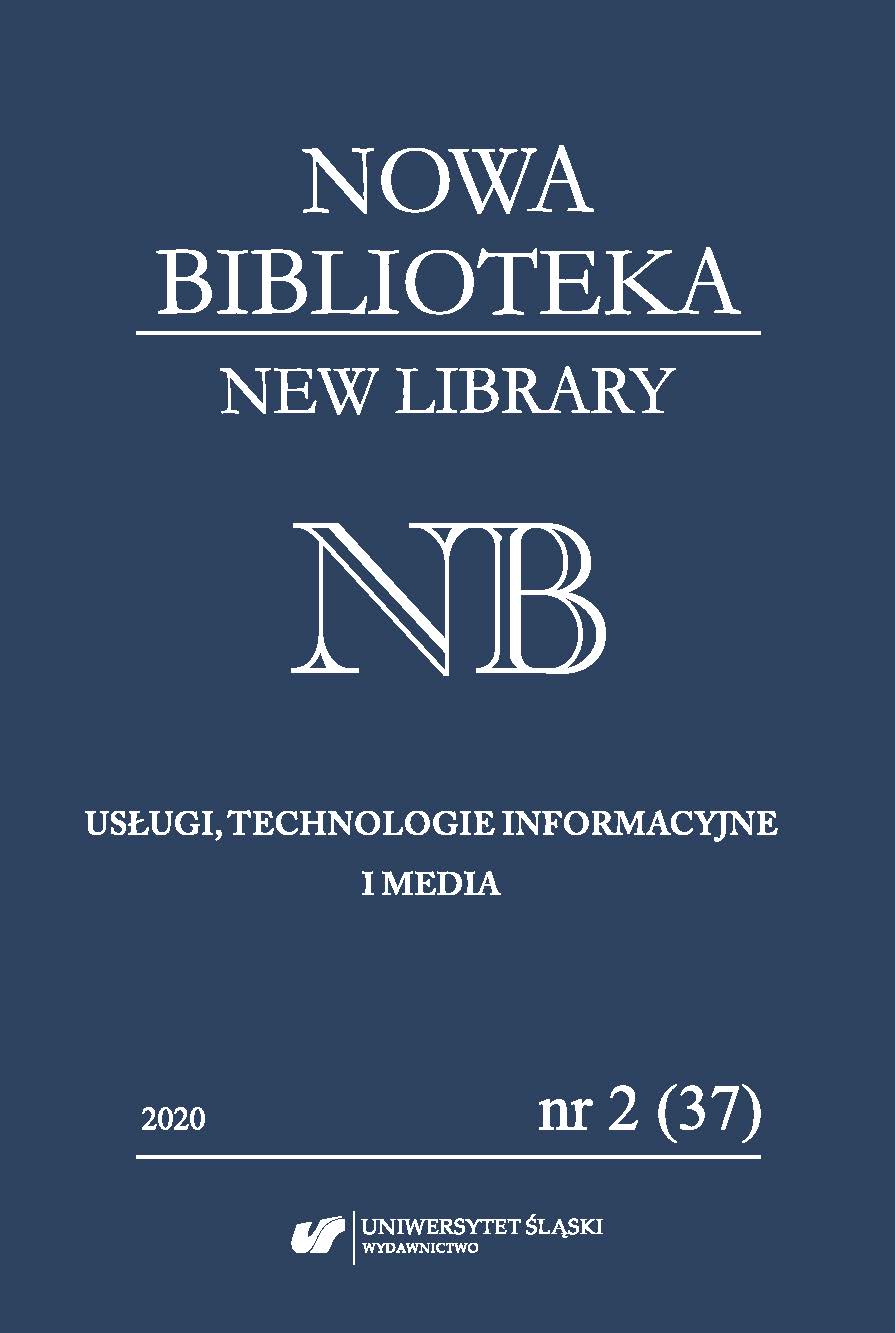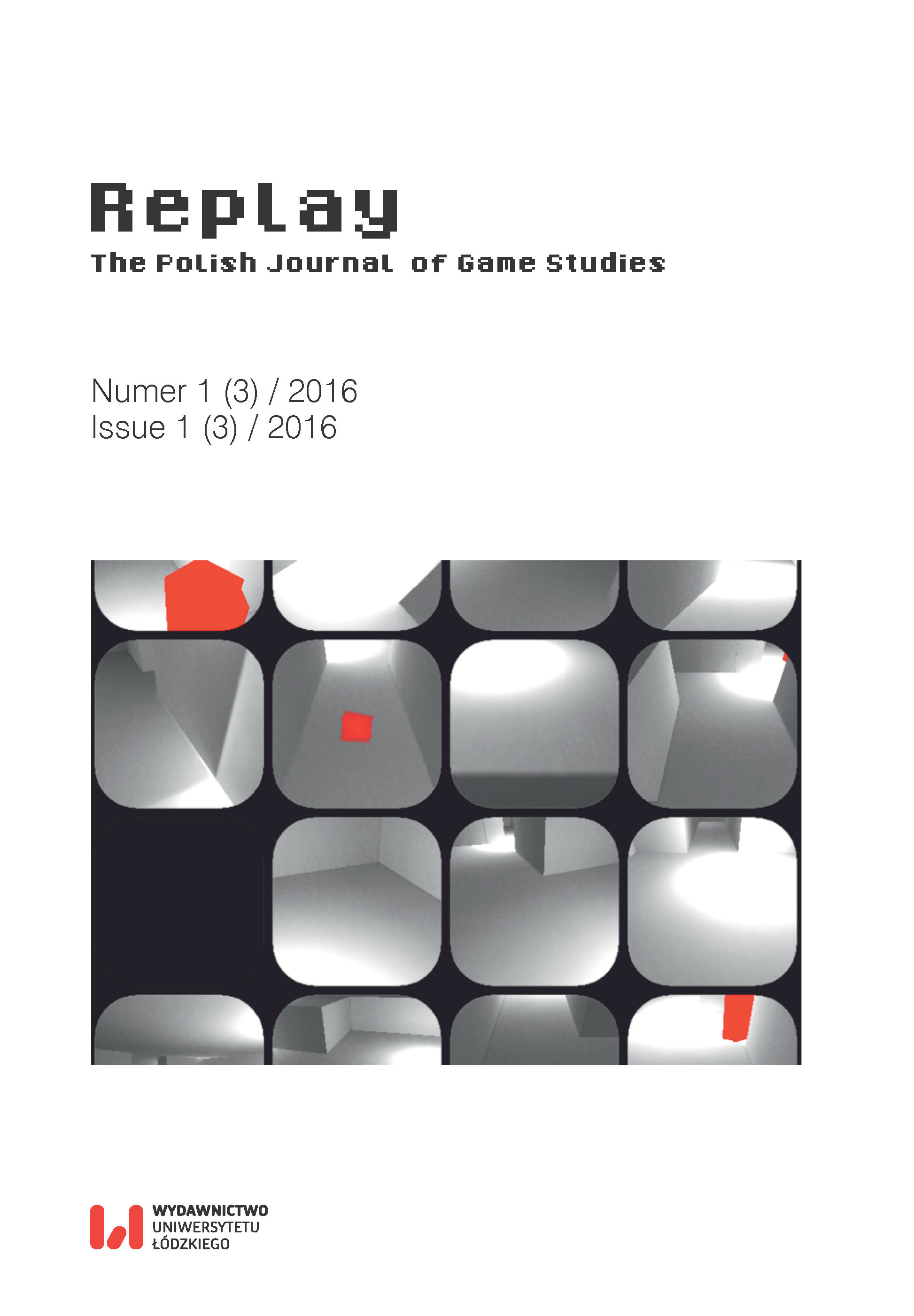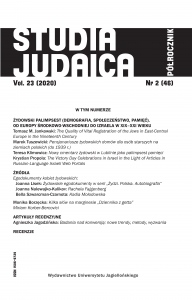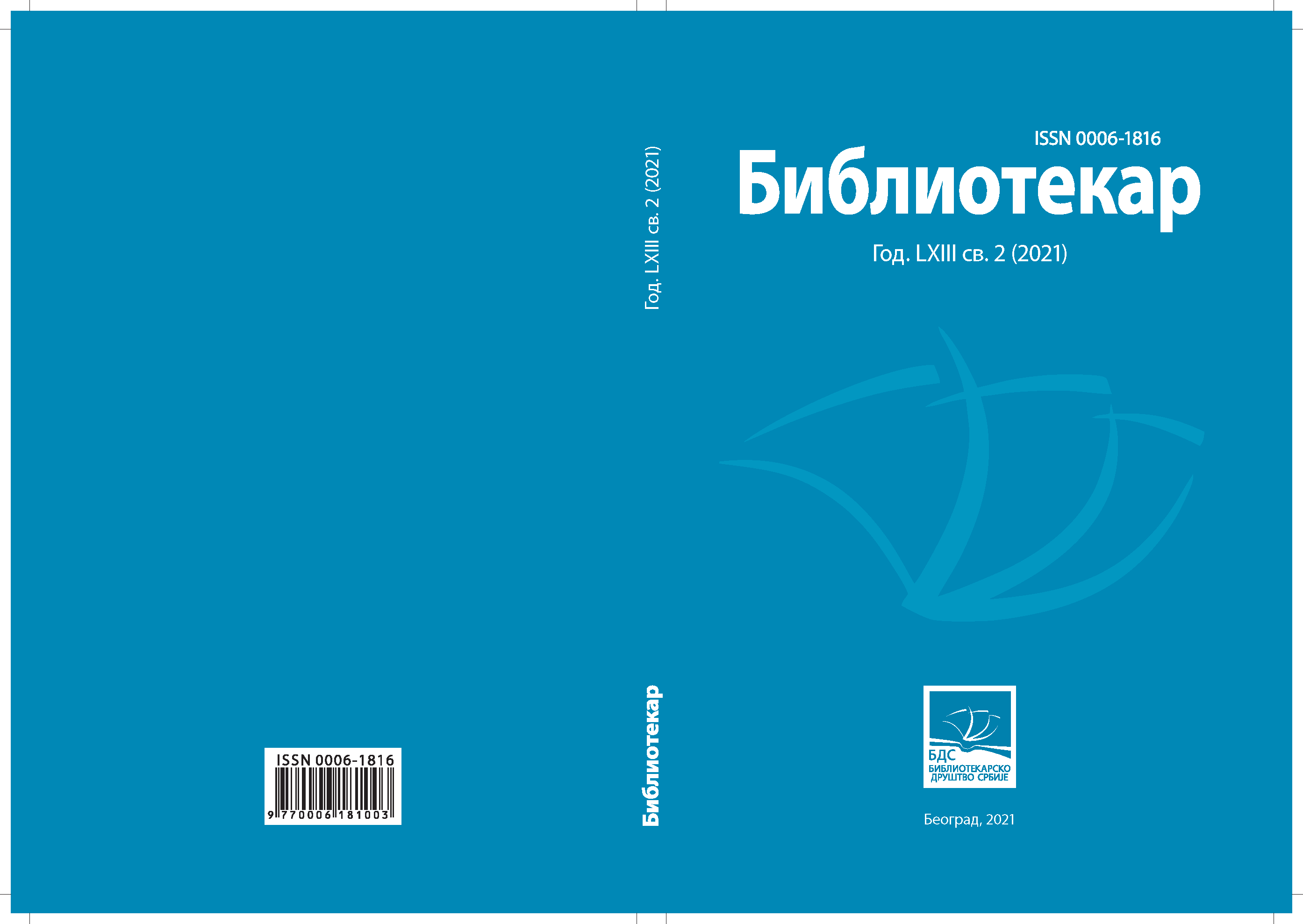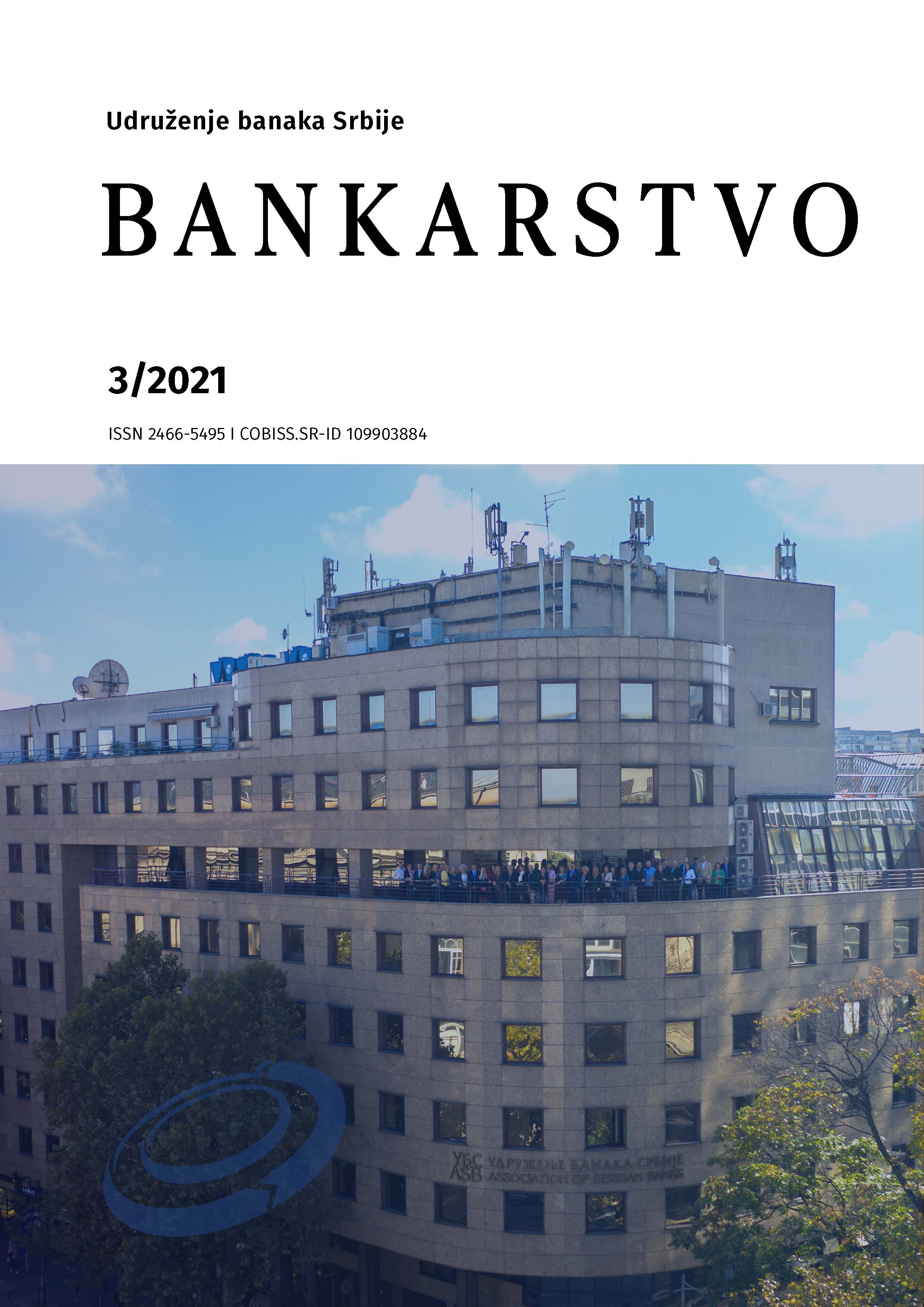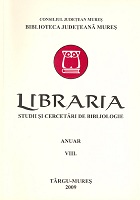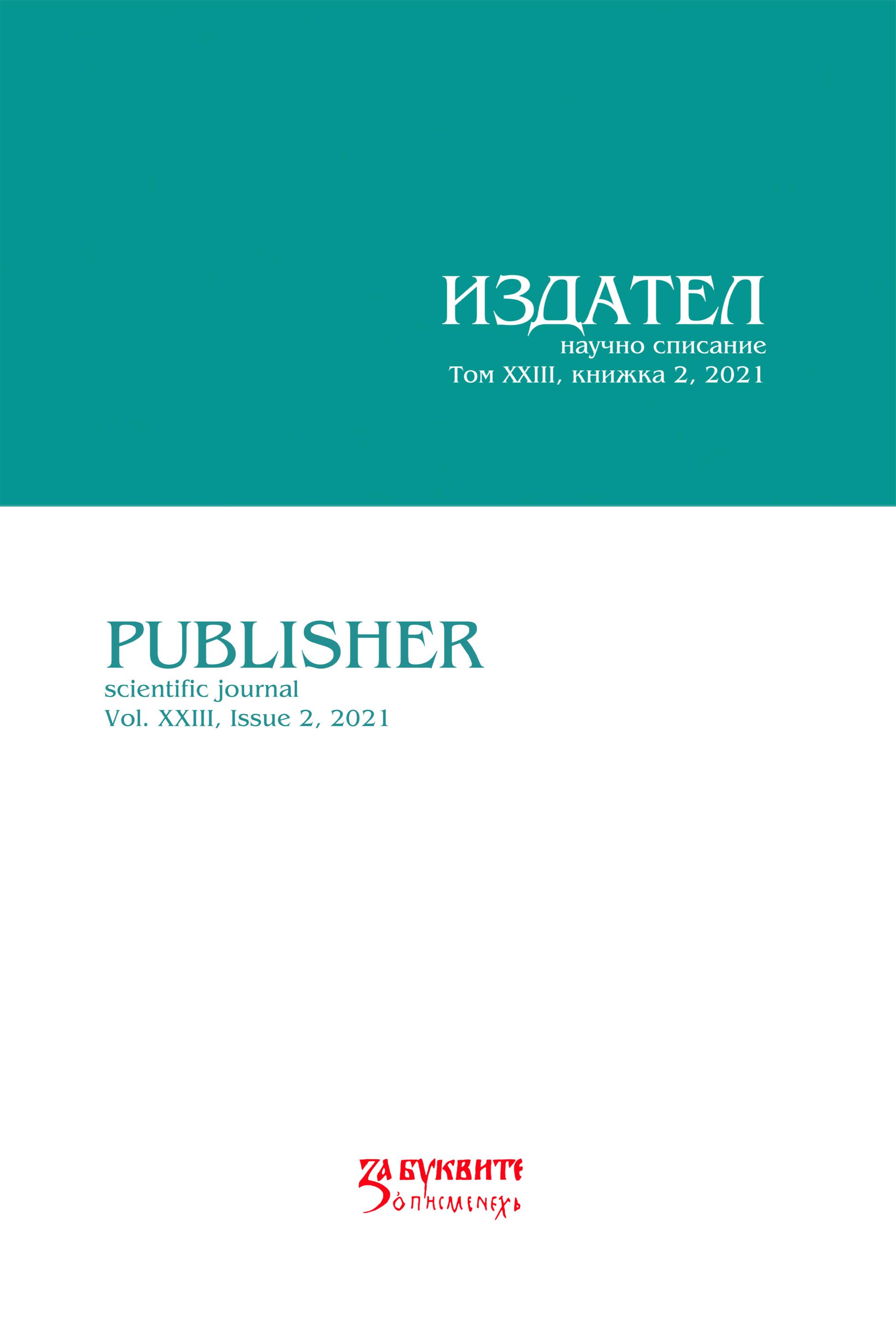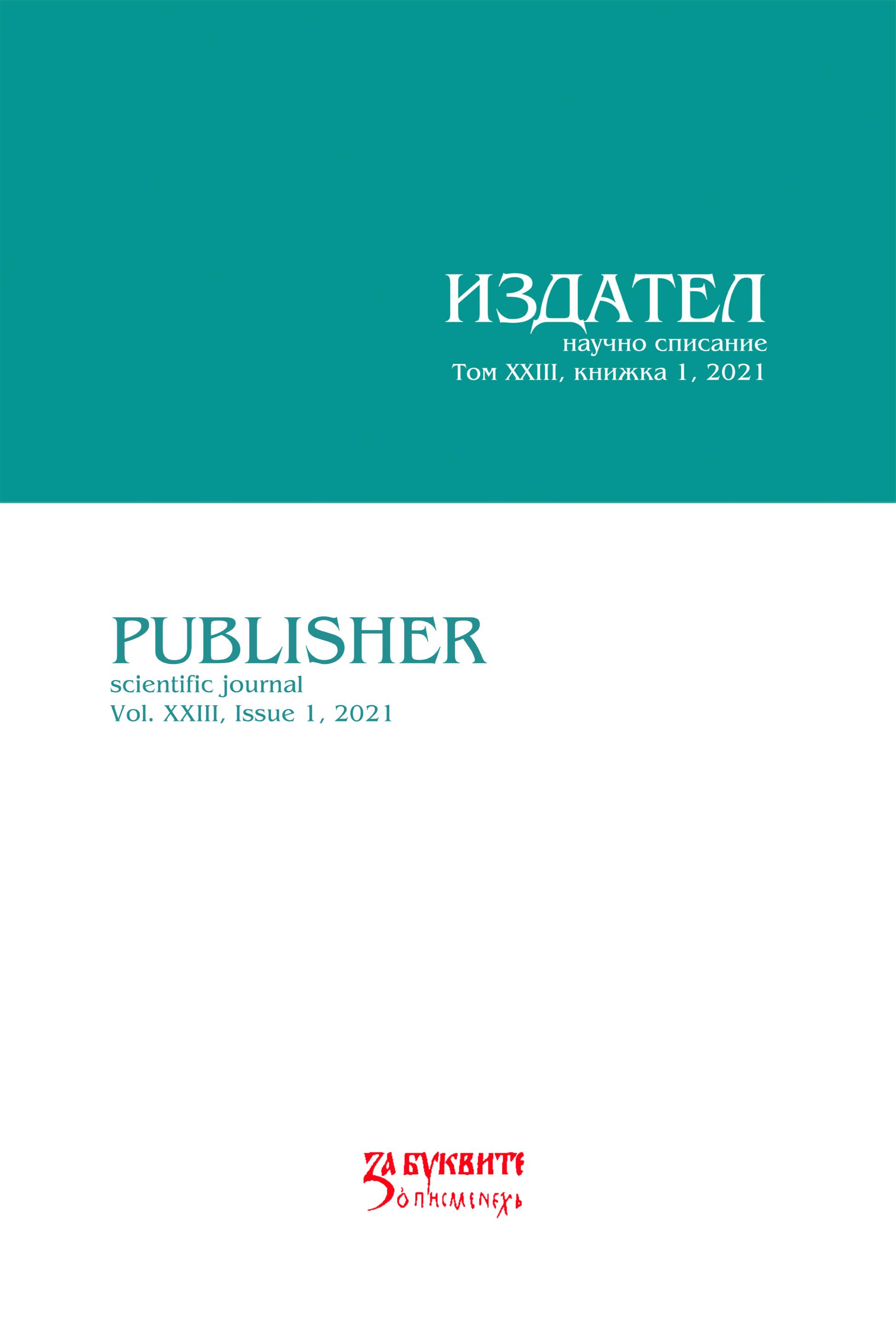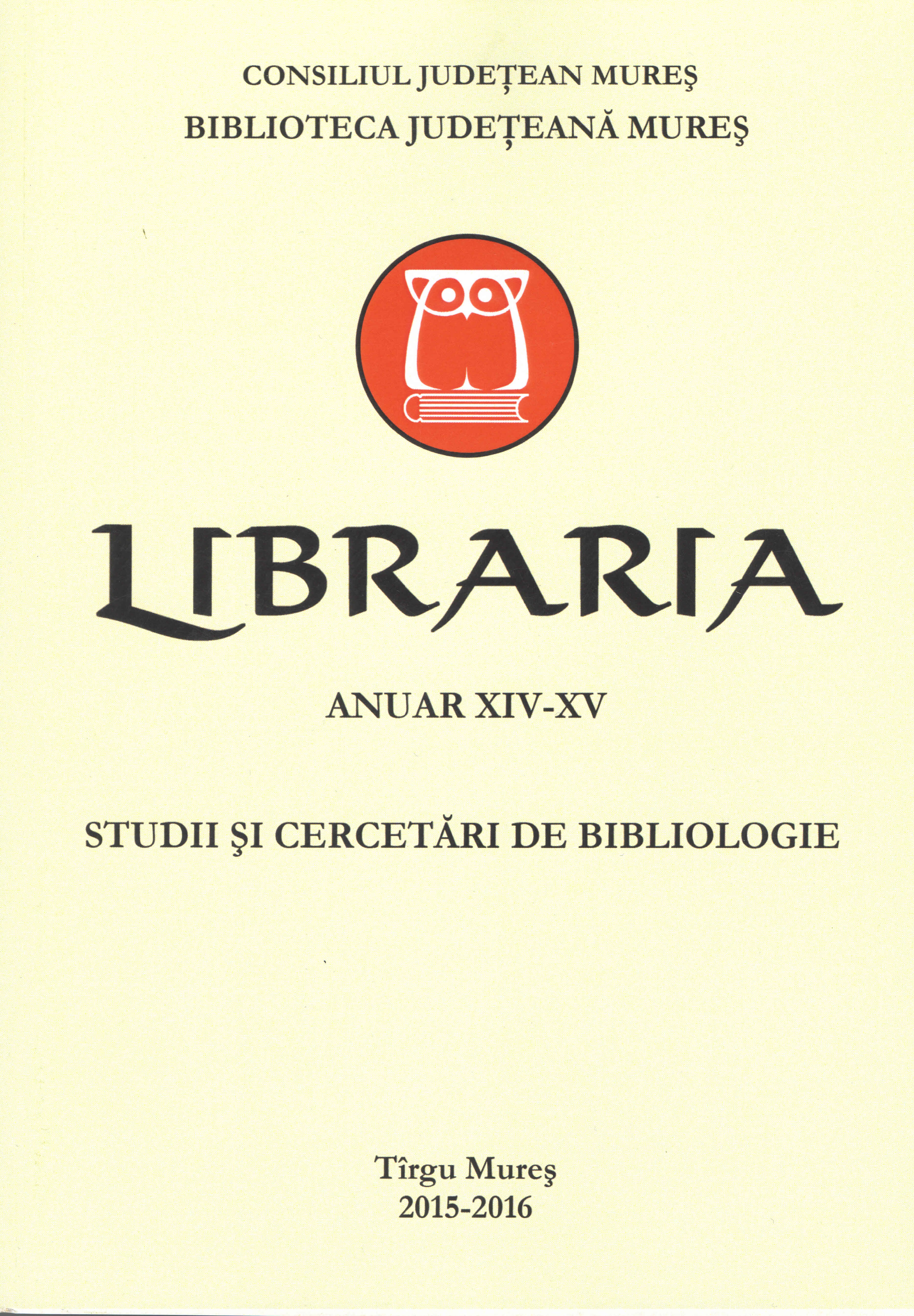Author(s): Doina Gabriela Vanca / Language(s): Romanian
Issue: 12/2013
The Cultural Palace in Tîrgu Mureş was built between 1911-1913 in Secession Style, the Austro-Hungarian version of Art Nouveau Style. The arhitects were Komor Marcell and Jakab Dezső. It was decorated by many famous artists of the time with motifs inspired by local folklore and history. From the beginning, it was designed to shelter some public institutions as: Ethnographic Museum, Public Library, Art Museum, Academy of Fine Arts, Cinema, Art Gallery. At the opening of the Public Library, 319 volumes were available to the readers, but the next year there already existed 7.340 publications. The book collection was initially consisting of donations from other libraries, institutions or individuals. The Library`s first manager was Molnár Gábor, and its first librarian was Aurel Filimon. They managed to organize the Library in a librarianship way and to grow the number of the books, magazines and newspapers by searching and asking for donation. The Library has been developed along in time. Today it contains almost one million library documents. It works in the same space from the beginning, but their functions were obtained more rooms and other sections were opened in the Cultural Palace, in four Tîrgu Mureş neighborhoods, in the Parc Complex. Throughout time, the Library was visited by numerous local, national and international personalities, who signed in Library`s Golden Book. Nowadays at the Library are kept four incunabula and many old and rare books. The librarians try to buy the latest books published on the editorial market. A special section is „Teleki-Bolyai” Library. Bibliotheca Telekiana is a historic public library founded by the Count Sámuel Teleki in 1802, at the time when Transylvania was part of the Habsburg Monarchy. The Teleki book collection contains over 40,000 volumes. Teleki compiled and published a four-volume catalogue (Vienna, 1796-1819), divided according to general topics. Teleki's instructions concerning the operation of the library are also presented in the catalogue (Volume II). It was completed with other collections as: the Bolyai Biblioteca Judeţeană Mureş 16 Library with over 80,000 volumes, the Miscellaneous Collection made up of several private libraries previously held by religious schools and those of a Franciscan Monastery. Today, it is one of the richest Transylvanian collections of past centuries’ book culture. It`s well over 200,000 volumes. The library possesses 67 incunabula, the oldest of which is „Liber de Homine” by Galeotto Marzio printed in Bologna around 1475. Approximately 20,000 pages of manuscripts by Farkas and János Bolyai are among the library's most praised pieces. It also contains many old and rare books. Today, the continuously growing book collection is focused on scientific subjects, specialising in history, local history, cultural history, and social sciences. Many people use the Reading Room and the museum is visited by thousands of tourists every year.
More...
